Aesthetic Appeal
The aesthetic appeal of buildings is increasingly influencing the Facade System Market, as architects and developers seek to create visually striking structures. The demand for unique and innovative facade designs is on the rise, driven by consumer preferences for modern and attractive buildings. This trend is reflected in the growing popularity of materials such as glass, metal, and composite materials, which offer versatility in design. The market is projected to grow significantly, with an expected value of USD 160 billion by 2025, as more projects incorporate distinctive facade systems that enhance the overall architectural landscape. Consequently, the Facade System Market is likely to evolve, focusing on innovative designs that cater to aesthetic sensibilities.
Urbanization Trends
Rapid urbanization is a significant driver for the Facade System Market, as cities expand and the demand for residential and commercial buildings increases. The urban population is projected to reach 68% by 2050, necessitating innovative building solutions that can accommodate this growth. Facade systems play a crucial role in urban architecture, providing not only aesthetic appeal but also functional benefits such as insulation and weather resistance. As urban areas become denser, the need for high-rise buildings with advanced facade systems is likely to rise. This trend is expected to propel the Facade System Market, with an anticipated market value of USD 150 billion by 2025, reflecting the increasing investment in urban infrastructure.
Regulatory Compliance
Regulatory compliance is emerging as a critical driver for the Facade System Market, as governments worldwide implement stricter building codes and standards. These regulations often mandate the use of specific materials and technologies that enhance safety, energy efficiency, and environmental performance. As a result, construction firms are compelled to adopt advanced facade systems that meet these regulatory requirements. The market is likely to benefit from this trend, as compliance not only ensures safety but also enhances the marketability of buildings. The Facade System Market is expected to see a growth trajectory, with an estimated increase in demand for compliant facade solutions, potentially reaching USD 180 billion by 2026.
Sustainability Initiatives
The increasing emphasis on sustainability within the construction sector appears to be a pivotal driver for the Facade System Market. As regulations tighten and consumer preferences shift towards eco-friendly solutions, architects and builders are increasingly opting for facade systems that enhance energy efficiency and reduce carbon footprints. For instance, the integration of green materials and energy-efficient technologies in facade designs is becoming commonplace. This trend is reflected in the projected growth of the market, which is expected to reach USD 200 billion by 2026, driven by the demand for sustainable building practices. Consequently, the Facade System Market is likely to witness a surge in innovations aimed at meeting these sustainability goals.
Technological Advancements
Technological advancements are reshaping the Facade System Market, as innovations in materials and construction techniques emerge. The adoption of smart technologies, such as automated shading systems and integrated photovoltaic panels, is becoming increasingly prevalent. These technologies not only enhance the functionality of facade systems but also contribute to energy savings and improved building performance. The market is projected to grow at a compound annual growth rate of 7% over the next five years, driven by these technological innovations. Furthermore, the integration of Building Information Modeling (BIM) in facade design processes is streamlining project execution, thereby enhancing efficiency and reducing costs. This technological evolution is likely to redefine the standards within the Facade System Market.


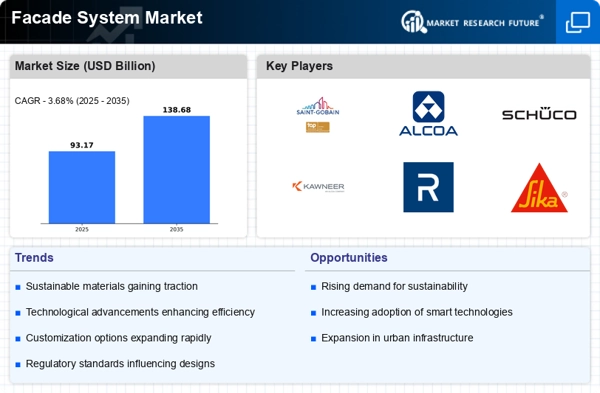
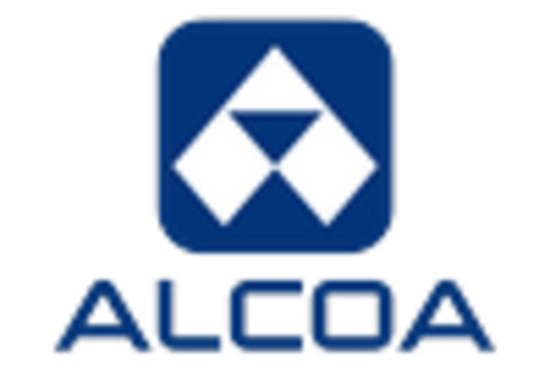
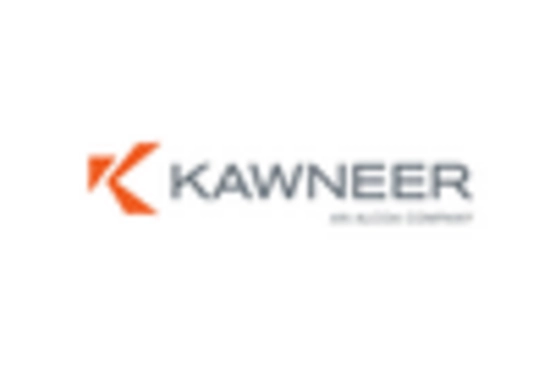
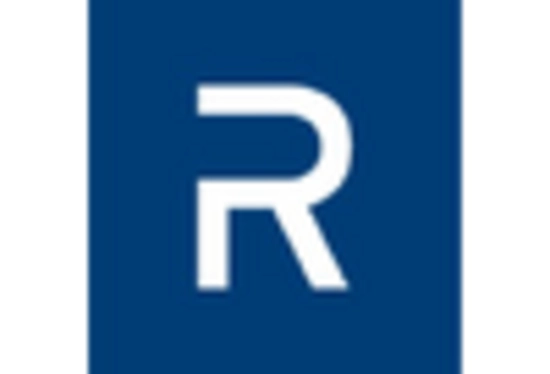
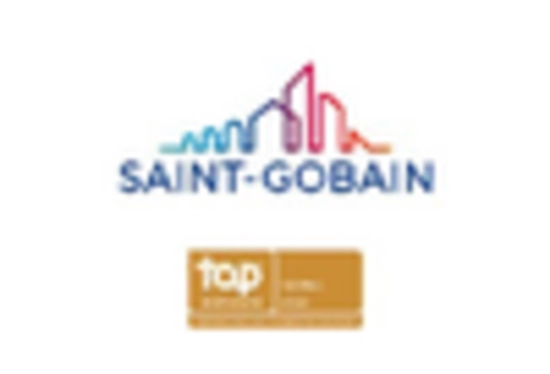
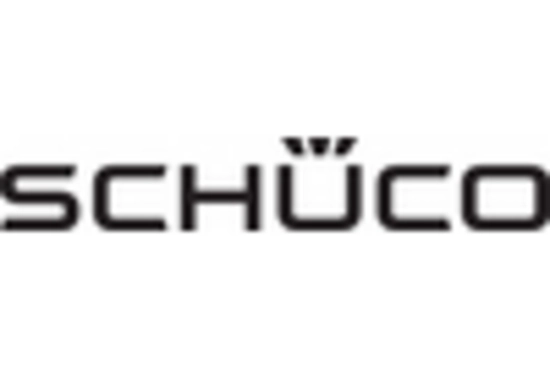
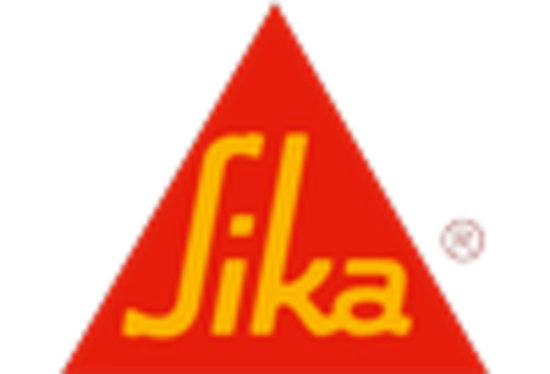








Leave a Comment